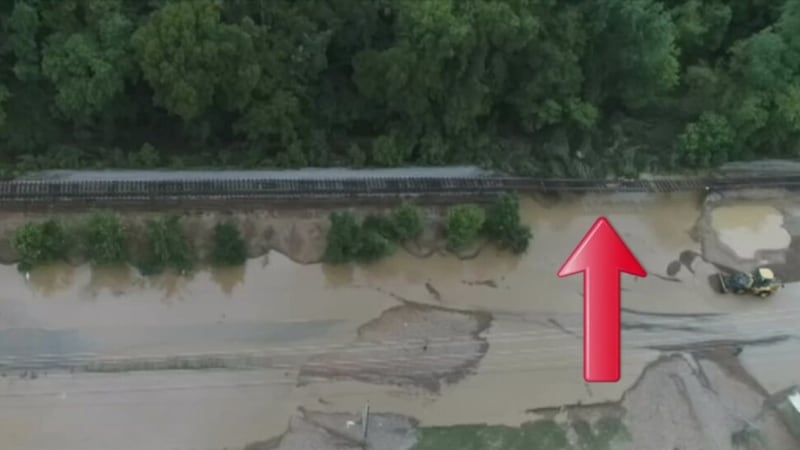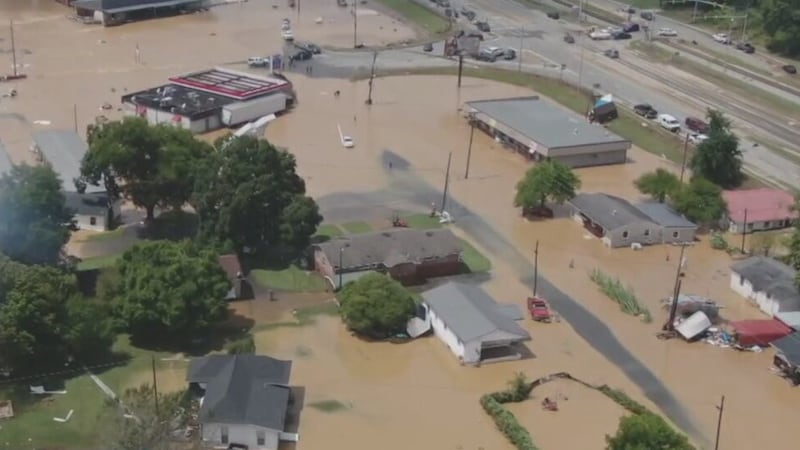10-year-old plan shows county officials took little action to prevent flooding problems, citing state restrictions

WAVERLY, Tenn. (WSMV) - Officials in a county ravaged by deadly flooding in August had identified ten years prior where and how flooding was likely to occur, but took little action, citing restraints by the state, a News4 Investigation found.
The deadly flooding took the lives of 20 people after a surge of water broke through raised earth as Trace Creek swelled beyond its banks
But News4 Investigates found that county officials, in 2011, identified Trace Creek as one of the local hazards for potential deadly flooding and how to address it, but did not complete it.
The creek has been clogged with vegetation and gravel for decades.
County Executive Jessie Wallace agreed to answer questions from News4 Investigates.
“There will be people who say - you knew this was going to happen - you knew it could be this bad. Why didn’t you clear that creek?” asked News4 Investigates.
“There are a lot of factors that have impeded towards any progress to what we know is a major cause of this chronic flooding,” Wallace said.
The Humphreys County Hazard Mitigation Plan, first finalized in 2011 and updated in 2019, stated that Trace Creek “cleaning and creek bank stabilization” was not completed due to “a lack of funds and environmental restrictions.”
To clear the creek, the county would have had to request permits from the Tennessee Department of Environment and Conservation.
A TDEC spokeswoman confirmed no one from the county ever pulled a permit.
“TDEC has said - nobody ever came to us for permits. No one asked for this. Why didn’t you ask?” asked News4 Investigates.
“The permits are limited in scope,” Wallace said.
Wallace said the restrictions around the permits are so limited that it wouldn’t have allowed for any substantial clearing or flood prevention.
Wallace, and several other county officials who spoke with News4 Investigates, said before 1980, when environmental regulations were largely put in place to protect water sources in the county, bulldozers were used by the county to dredge the creek.
Wallace said state regulations do not allow for heavy machinery to be used in creeks.
“Regulatory restrictions are the biggest problem that we have,” Wallace said.
News4 Investigates repeatedly emailed and called TDEC, but our requests for an interview were denied.
“There are many mitigation efforts such as removing trash and woody debris by hand or chainsaw that would not require any sort of permit. Generally speaking, dredging is not seen as a comprehensive, long-term, cost-effective, or scientifically defensible flood mitigation strategy,” the emails read.
Wallace said he understands that TDEC has a job to do, but the type of debris removal by hand would fail to make a dent in the problem.
Copyright 2021 WSMV. All rights reserved.










